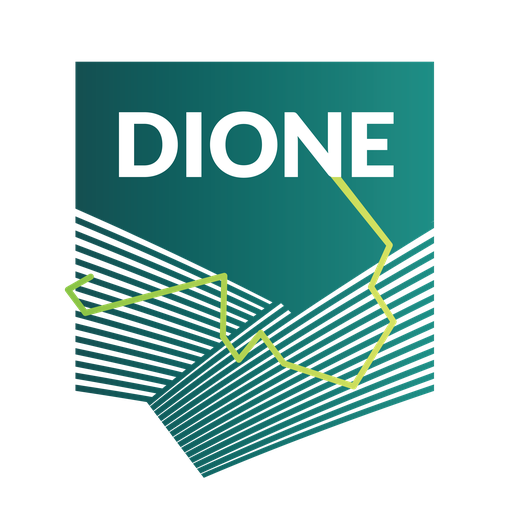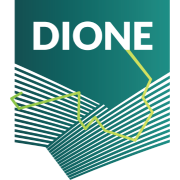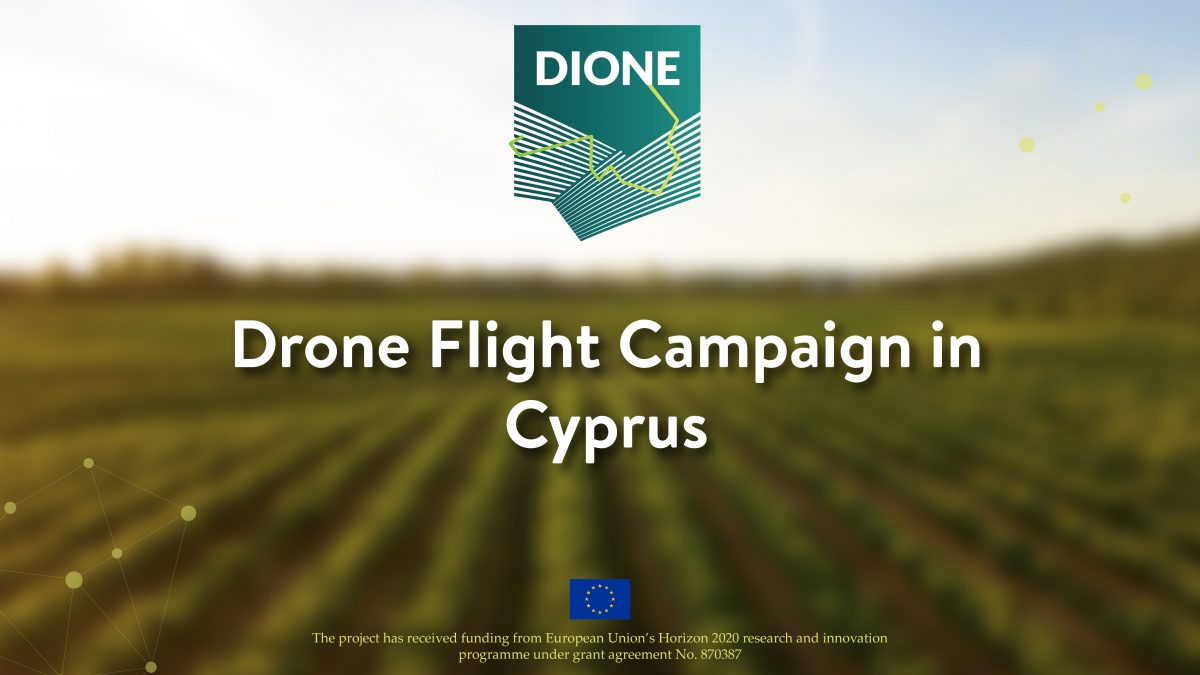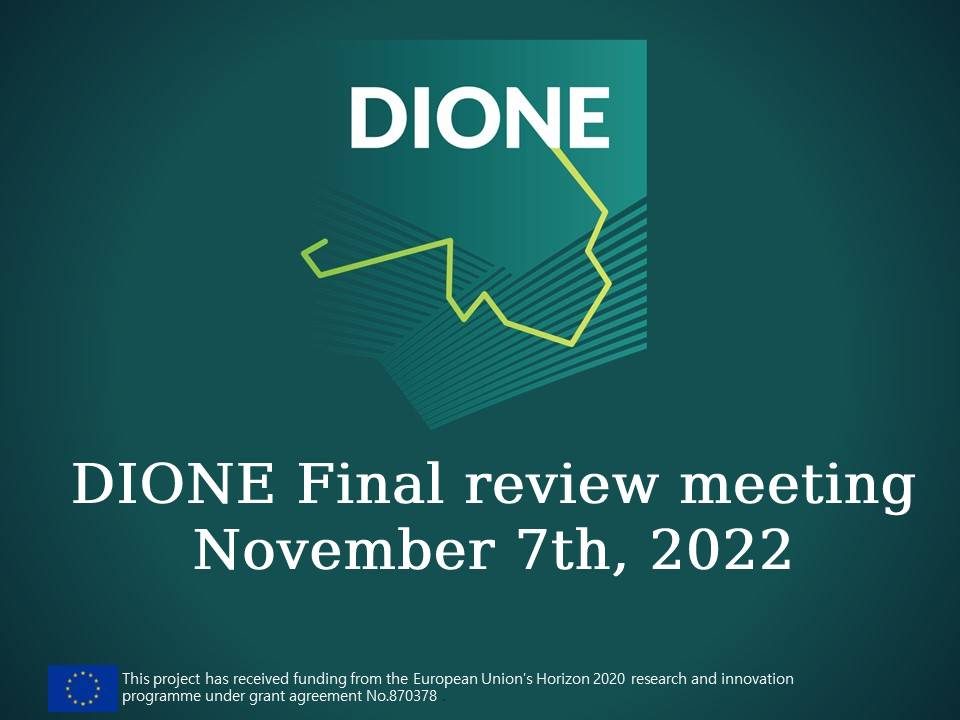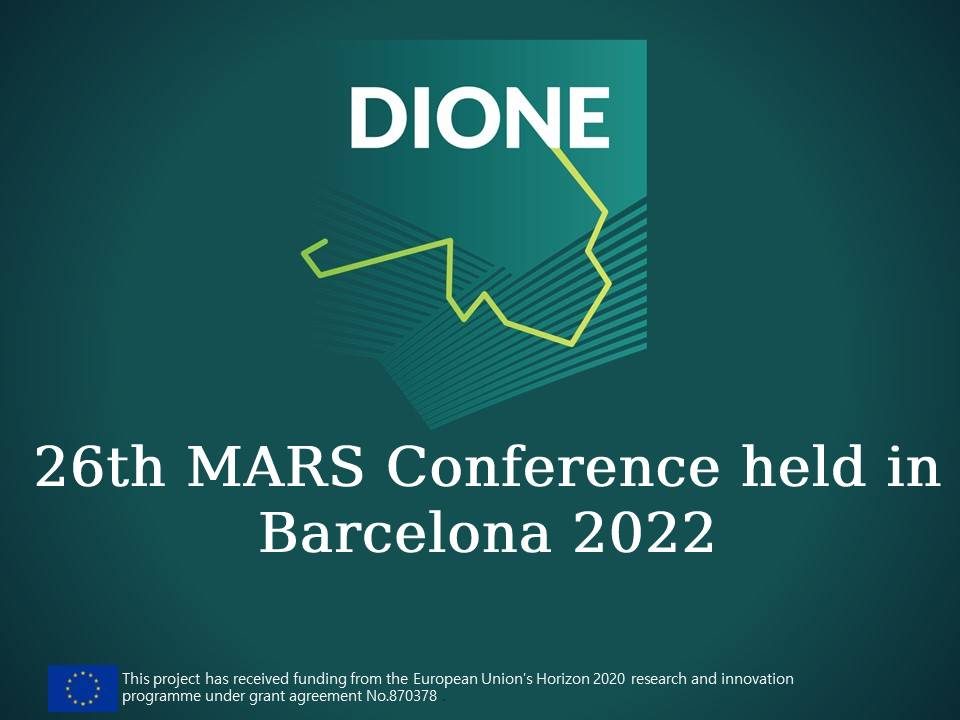
Women in Agricultural Technology
March 8, 2021
Farmer’s Compliance Monitoring Tool
April 20, 2021Processing the UAS (Unmanned Aerial Systems) imagery is usually performed with off-the-shelf or custom structure-from-motion photogrammetry software. Standard outputs are orthophotos, digital surface models (DSM) and (RGB) coloured 3D dense point clouds (DPC).
The Common Agricultural Policy has a long history of using satellite or aerial images for checking area-based aid, which nowadays accounts for almost 80 % of the EU funding provided to agriculture and rural development. While these images usually have very high spatial resolution, before 2017 they were not available with sufficient frequency to allow verification of activities taking place on agricultural land throughout the year (e.g. harvesting). The development of novel computer vision techniques and their implementation into a wide range of software packages, have considerably reduced the requirements for the recorded data. Processing the UAS (Unmanned Aerial Systems) imagery is therefore usually performed with off-the-shelf or custom structure-from-motion photogrammetry software. Standard outputs are orthophotos, digital surface models (DSM) and (RGB) coloured 3D dense point clouds (DPC).
Researchers from the Institute of Communications and Computer Systems conducted a wide variety of activities, towards the preparation of the first drone flight campaign in Cyprus, following the restrictions due to COVID-19 pandemic. In particular, the process was initiated with the definition of two Areas Of Interest (AOI), one in Akaki and one in Khirokitia region, ensuring for both of these areas, the low slope inclination, the absence of protected areas (e.g. under Natura 2000), the presence of Ecological Focus Areas (EFAs), the heterogeneity of the crop types, and the absence of any other very high resolution (VHR) data (e.g VHR from ESA’s data warehouse mechanism). Subsequently, the ground control points were collected in locations defined prior to the drone flights, using RTK GPS equipment, to assist with the provision of the generated orthomosaic images with great spatial accuracy. Finally, a four-day campaign was implemented in order to cover the selected areas, using the DJI phantom 3 professional drones.

Drone image received in Akaki area

Drone image received in Khirokitia area
From a scientific point-of-view, drones offer the advantage of allowing a flexible matching of the required spatial resolution and sensor type to the specific application, i.e., research question at hand. Specialized drones have multispectral cameras that gather data from specific bands of light, such as Red, Green, Blue, Red Edge, and Near-Infrared. The added data from multispectral camera systems along with the ability to generate orthomosaic maps allows farmers to get a detailed understanding of their vegetation health with an NDVI index. They can use this data and treat areas that need immediate attention and have a more successful crop season.
An orthophoto, orthophotograph or orthoimage is an aerial photograph geometrically corrected (“orthorectified”) such that the scale is uniform: the photo has the same lack of distortion as a map. Unlike an uncorrected aerial photograph, an orthophotograph can be used to measure true distances, because it is an accurate representation of the Earth’s surface, having been adjusted for topographic relief, lens distortion, and camera tilt.
